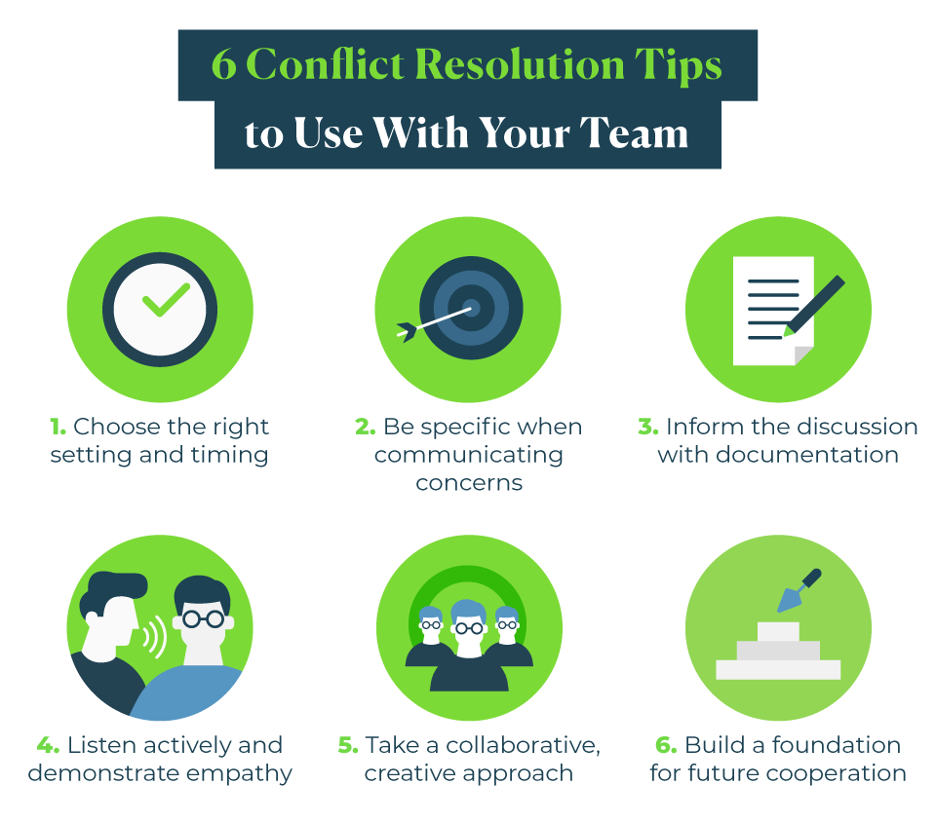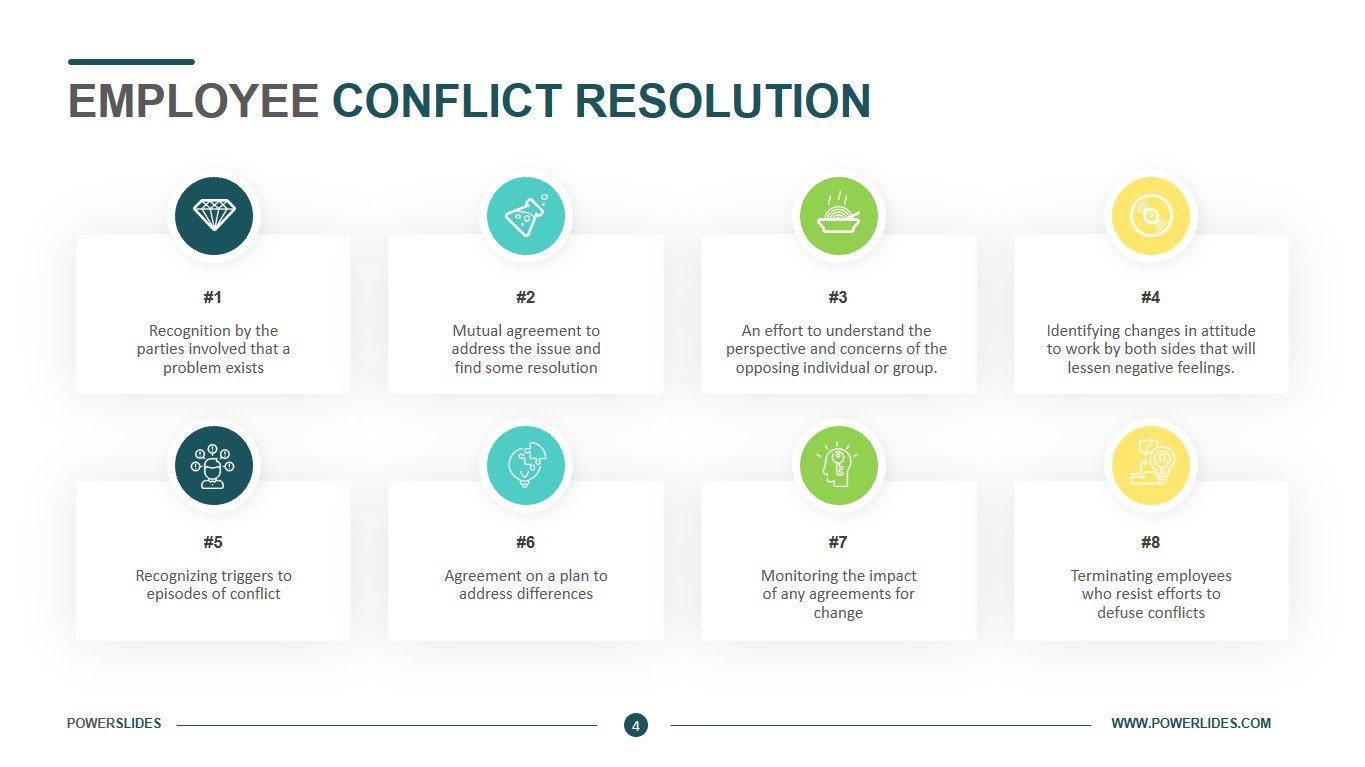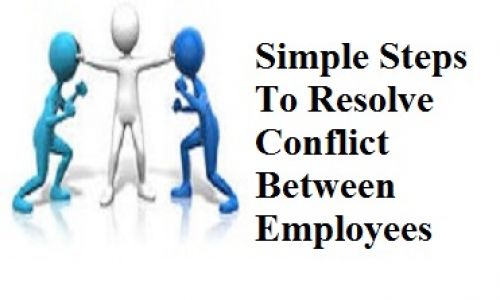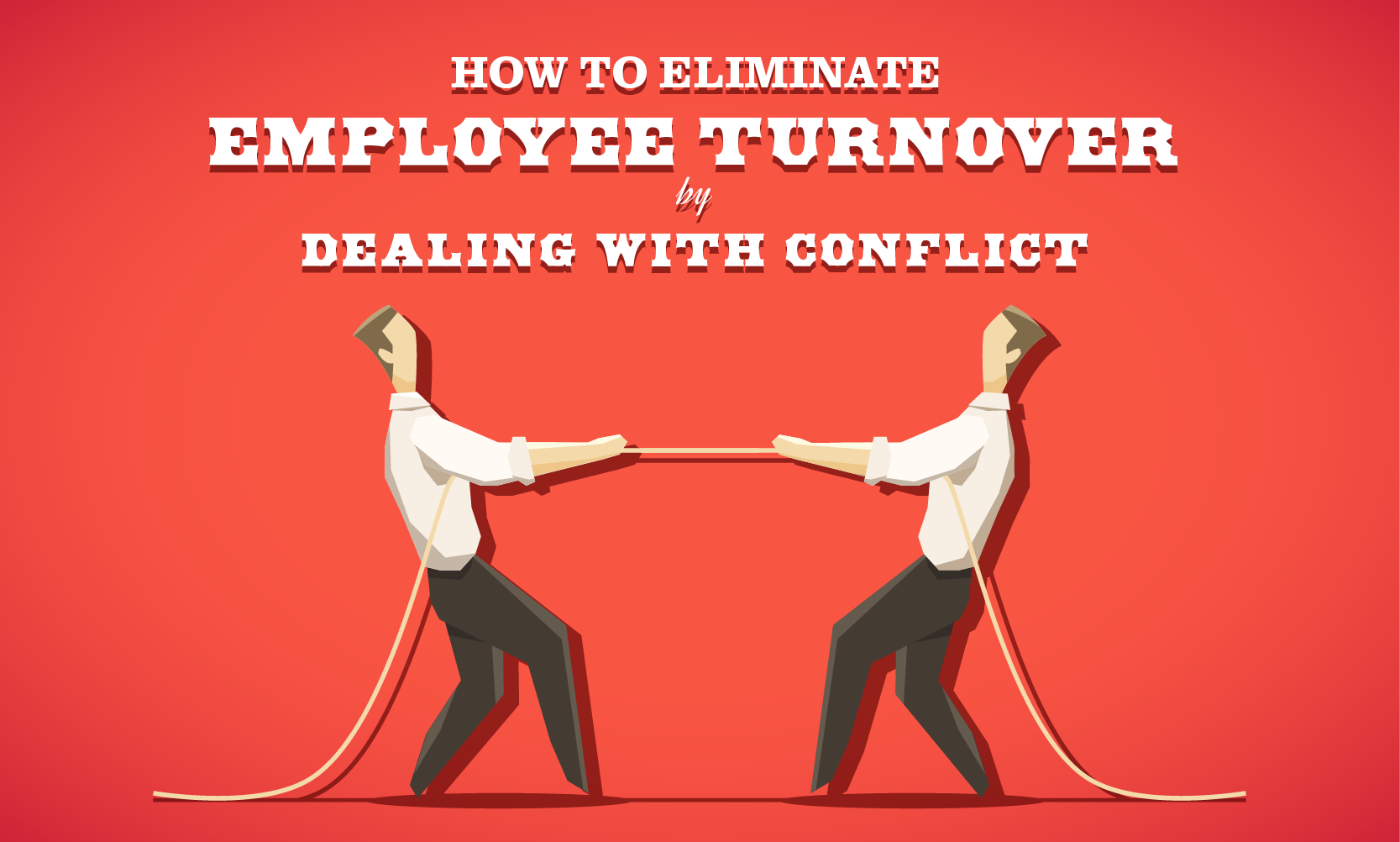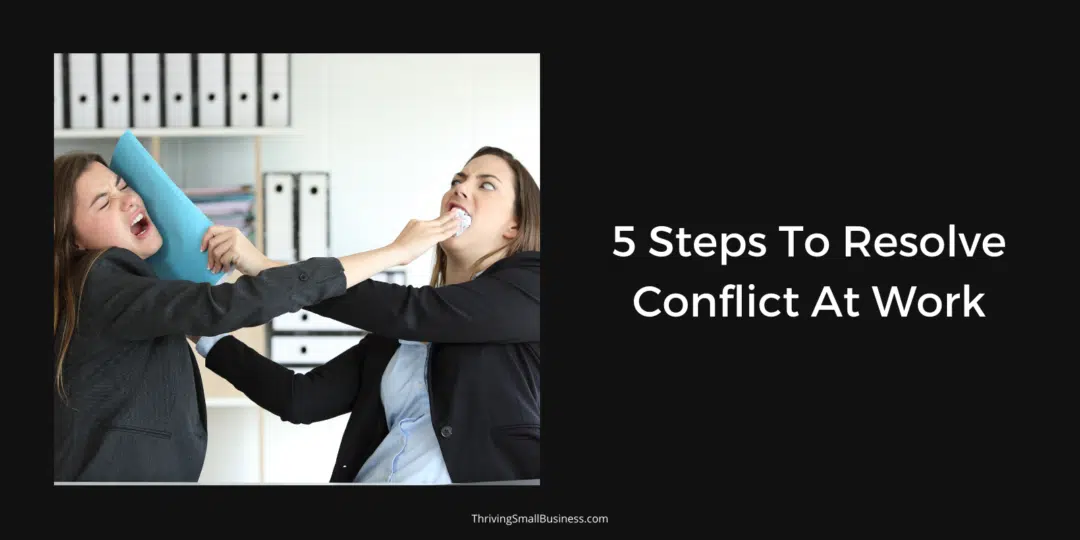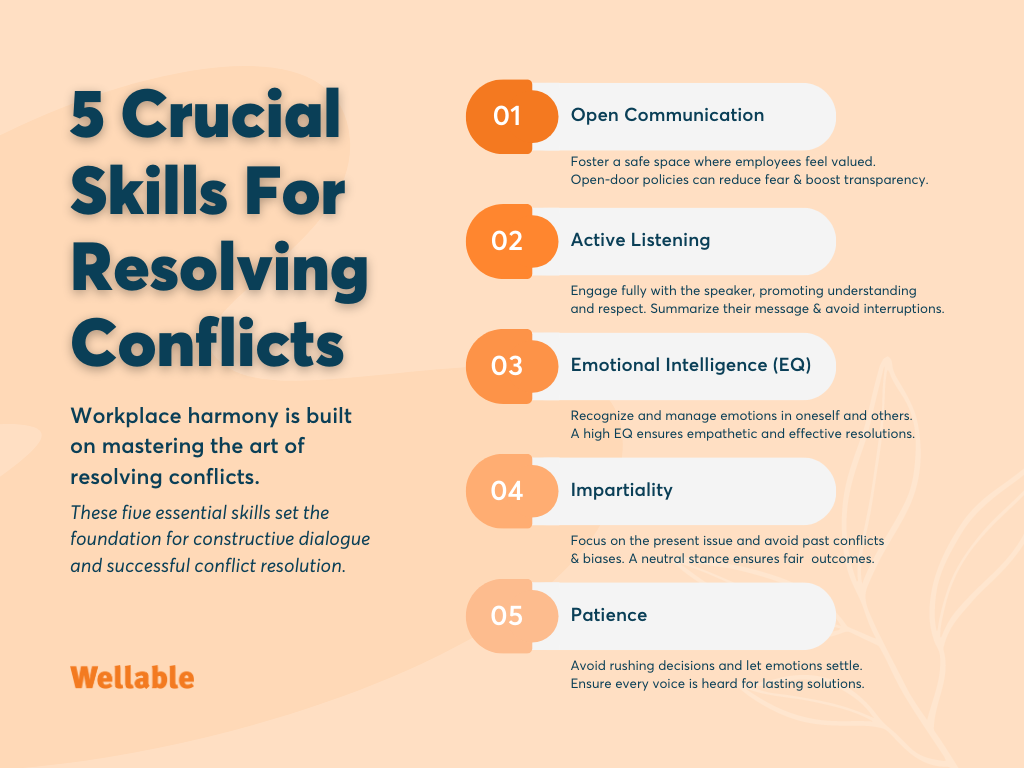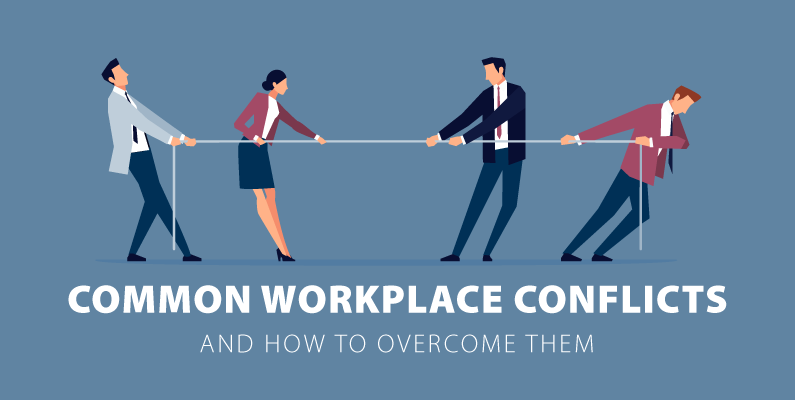How To Resolve Issues Between Employees
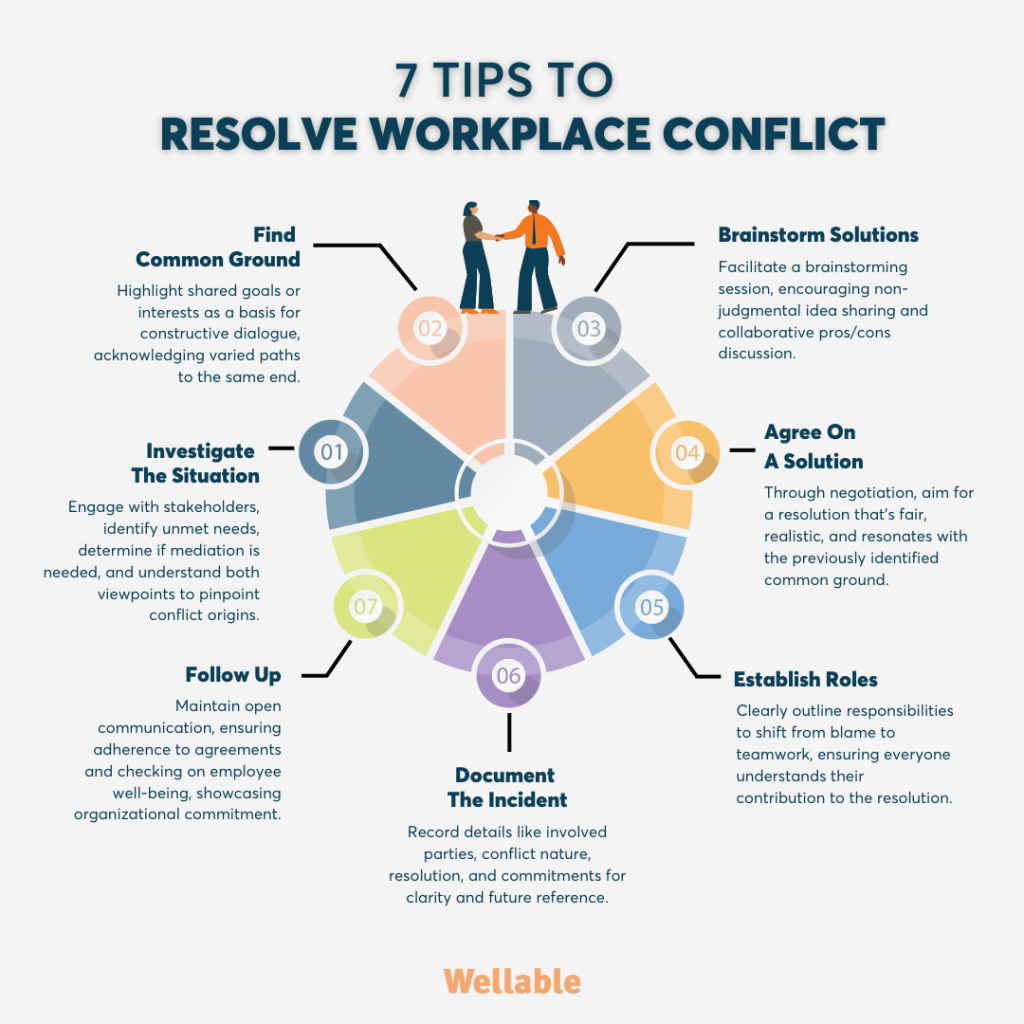
Workplace conflicts are inevitable, but unresolved disputes can poison team morale, diminish productivity, and even lead to legal battles. Learning effective strategies for addressing these issues promptly and fairly is crucial for creating a healthy and productive work environment.
This article delves into practical methods for resolving employee conflicts, drawing on expert advice and established best practices. We aim to provide actionable guidance for managers and employees alike to navigate disagreements constructively and foster a more collaborative workplace.
Understanding the Roots of Workplace Conflict
Conflicts arise from various sources, including differences in personality, work styles, values, and perceptions. Miscommunication, competition for resources, and unclear roles and responsibilities can also fuel disagreements.
According to a 2023 report by SHRM (Society for Human Resource Management), ineffective communication is a leading cause of workplace conflict. Addressing these underlying issues proactively is key to preventing escalation.
Strategies for Conflict Resolution
Early Intervention
The best approach is often early intervention. Address issues as soon as they arise, rather than allowing them to fester.
Encourage employees to communicate directly with each other in a respectful and professional manner. Facilitate these initial conversations if needed, but prioritize empowering employees to resolve issues independently.
Active Listening and Empathy
Active listening is paramount in conflict resolution. Encourage all parties to listen attentively to the other's perspective, without interruption, and to acknowledge their feelings.
Demonstrate empathy by trying to understand the other person's point of view, even if you don't agree with it. This can help de-escalate tensions and create a more collaborative atmosphere.
Mediation
When direct communication fails, mediation can be a valuable tool. A neutral third party, such as an HR representative or trained mediator, facilitates a discussion between the conflicting parties.
The mediator helps the parties identify common ground, explore potential solutions, and reach a mutually acceptable agreement. Mediation is a confidential and voluntary process.
Formal Investigation
In cases of serious misconduct, such as harassment or discrimination, a formal investigation may be necessary. HR departments should have established procedures for conducting thorough and impartial investigations.
These investigations should involve interviewing all relevant parties, gathering evidence, and documenting findings. The outcome of the investigation should be communicated to all parties involved, and appropriate disciplinary action should be taken if necessary.
The Role of Leadership
Leaders play a crucial role in preventing and resolving workplace conflicts. They should foster a culture of open communication, respect, and collaboration.
Managers should be trained in conflict resolution skills and equipped to address employee disputes fairly and effectively. They should also model appropriate behavior and set clear expectations for workplace conduct.
Creating a supportive and inclusive work environment where employees feel valued and respected can significantly reduce the likelihood of conflict.
Benefits of Effective Conflict Resolution
Successfully resolving employee conflicts leads to numerous benefits. These include improved team morale, increased productivity, reduced employee turnover, and a healthier work environment overall.
Resolved conflicts also minimize the risk of legal action and protect the organization's reputation.
By investing in conflict resolution strategies and training, organizations can create a more positive and productive workplace for everyone.
Ultimately, fostering a culture of open communication and mutual respect is the most effective way to prevent and resolve workplace conflicts. Embracing these strategies will allow organizations to transform potentially damaging disputes into opportunities for growth and stronger team cohesion.






